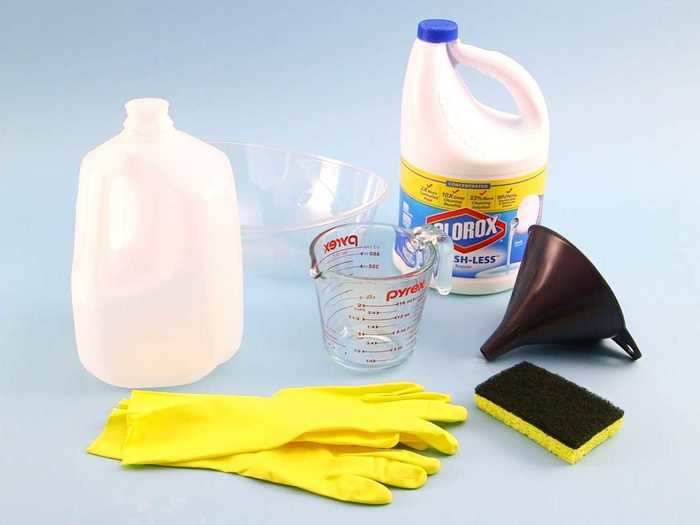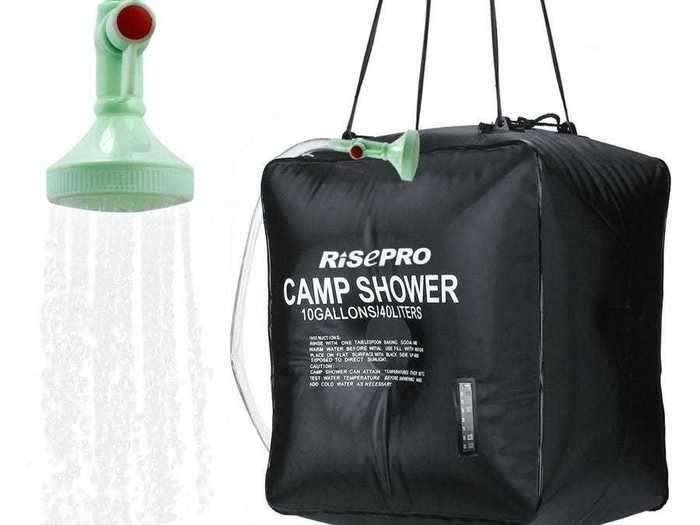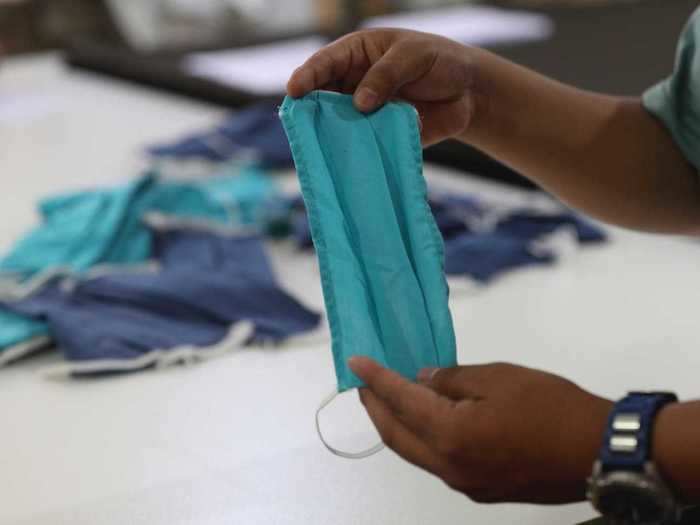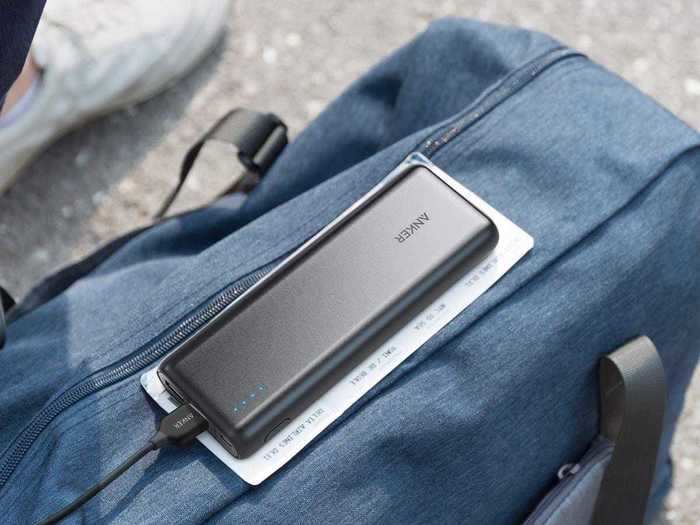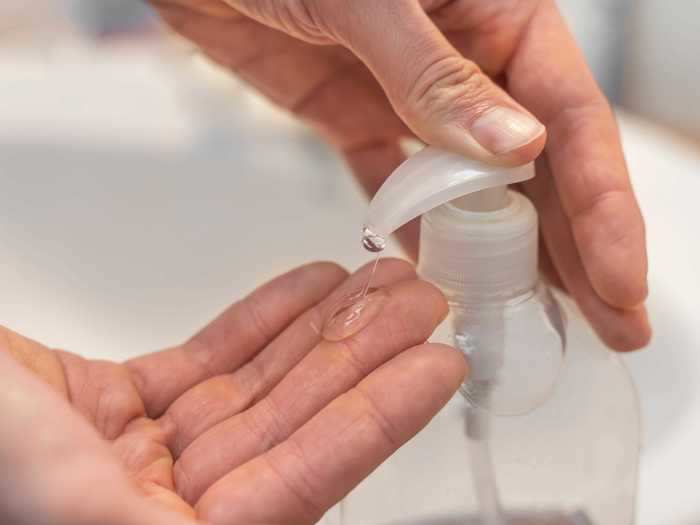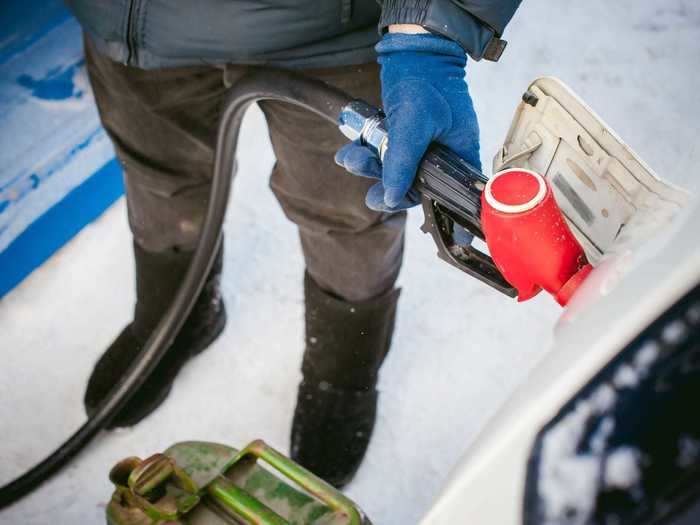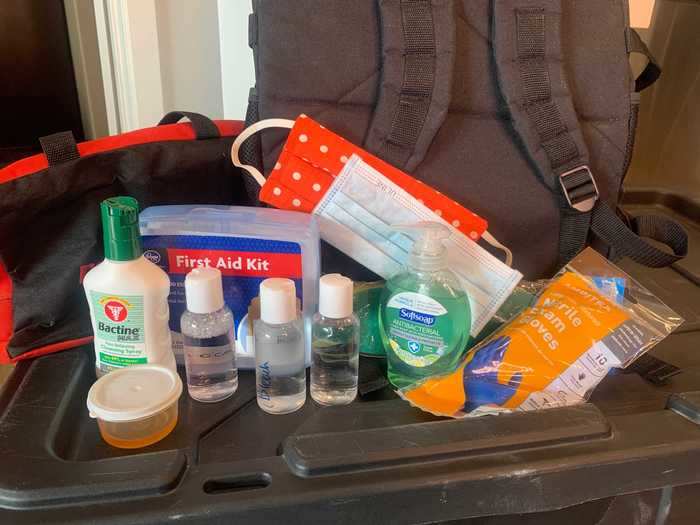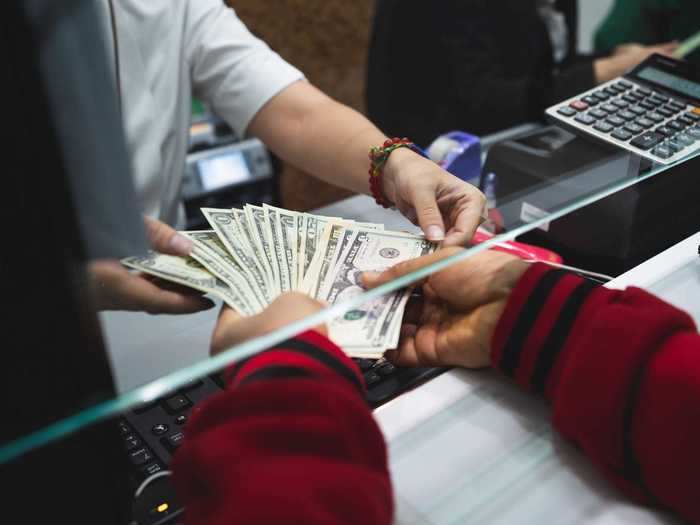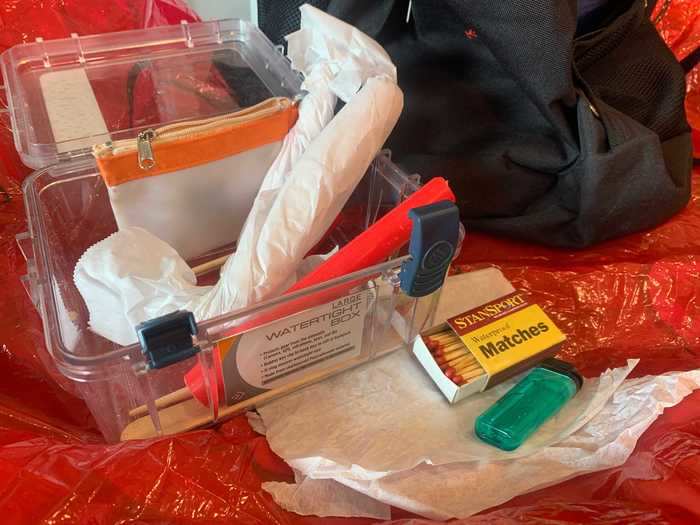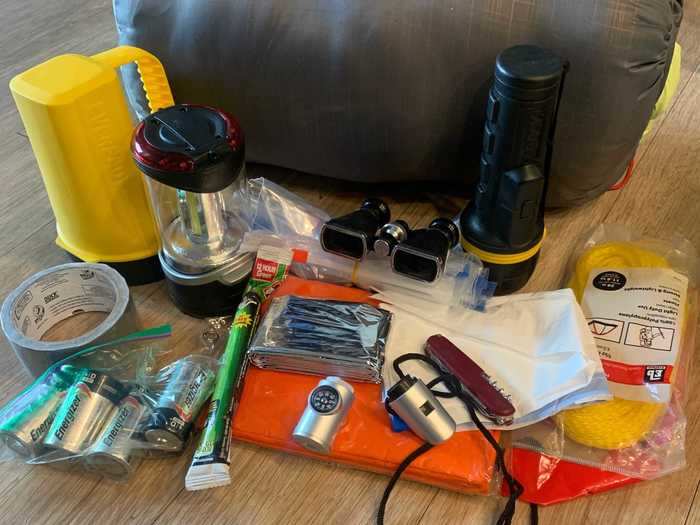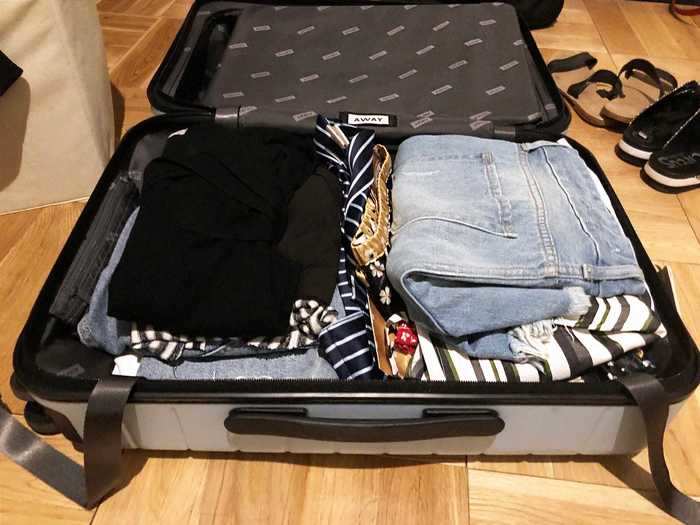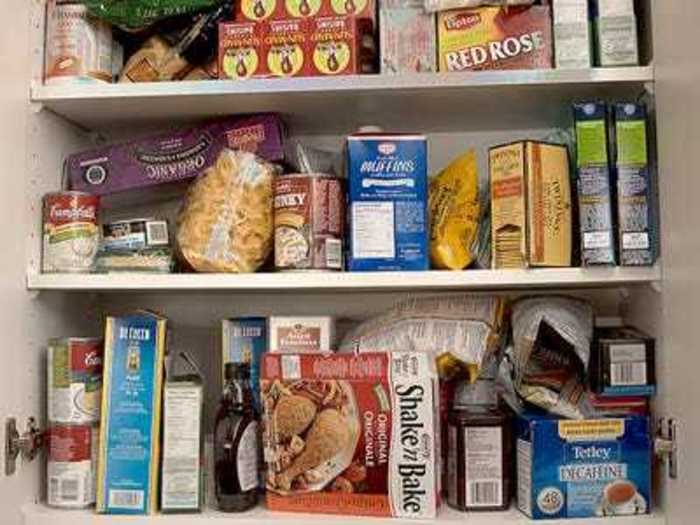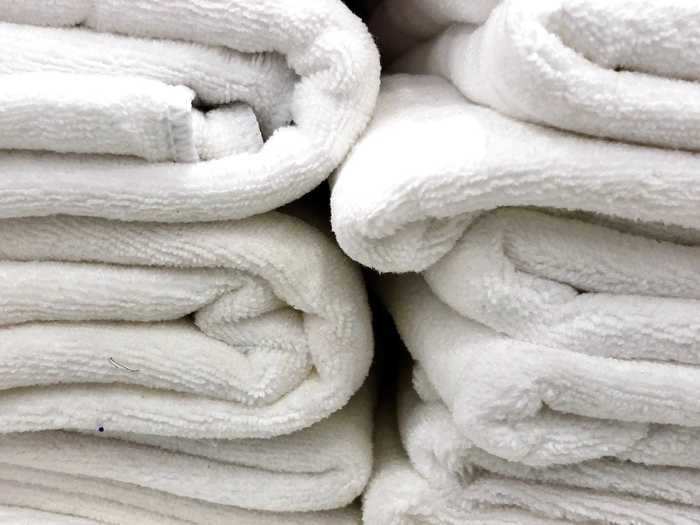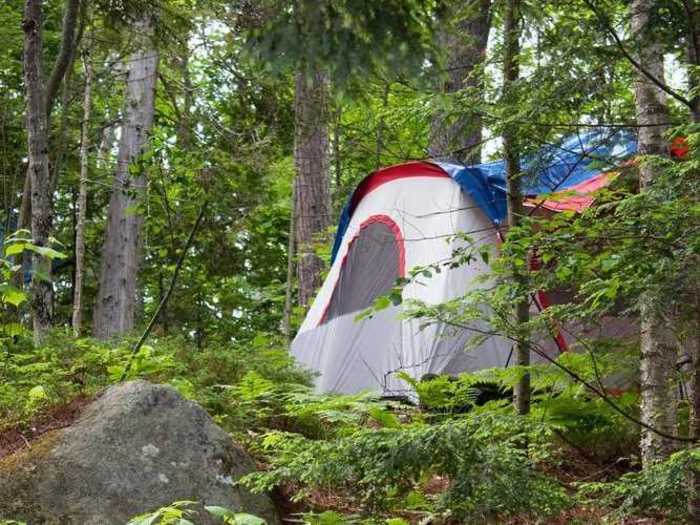Bring prepared can help bring a sense of calmness in a very uncertain time.Courtesy of Zoe Zorka
- Even during a pandemic, tornadoes, earthquakes, and other natural disasters serve as reminders that nature will still have its way.
- Zoe Zorka, a technical writer and outdoor enthusiast, explains the importance of preparing an emergency kit in case you need to suddenly leave your home.
- Zorka says it should include a general first aid kit, fire-starting supplies, extra clothes, sanitation supplies, and personal protective equipment.
- Visit Business Insider's homepage for more stories.
Last weekend, more than a dozen tornadoes ravaged communities in Texas, Louisiana, and Mississippi, killing almost two dozen people, damaging homes, and wreaking havoc on communities already in crisis.
Author Zoe Zorka.Courtesy of Zoe Zorka
These tornadoes — along with the recent 6.5 earthquake in rural Idaho on March 31 and the 5.9 earthquake in Salt Lake City on March 18 that sent thousands of the city's residents fleeing their homes in a panic — served as reminders that despite the current COVID-19 pandemic, nature will still have its way.
That's especially true as residents in large parts of the country prepare to enter tornado, wildfire, and hurricane season.
If you had to leave your home in a hurry in the middle of a pandemic, would you be ready?
Traditional emergency evacuation measures usually call for one of two things: residents to voluntarily evacuate before a disaster (usually to the homes of families or friends) or displaced residents to be temporarily housed in emergency shelters (think FEMA tents or other places such as churches or schools) — all situations that are potential breeding grounds for the coronavirus.
As a technical writer, it's my job to write standard operating procedures for businesses across all industries. A crucial component of the safety section is emergency preparedness. We've always suggested that our clients have three days' worth of emergency rations and supplies in the event of a natural or manmade disaster, as well as situations such as fires, gas leaks, or accidents that could warrant a temporary evacuation or the interruption in normal services and utilities.
Below is a checklist of items I believe it's wise to include in an emergency evacuation kit, as preparing one may help you feel calmer in a time of great uncertainty.
Your emergency kit should contain evacuation plans and supplies for staying safe
A good pandemic emergency evacuation kit requires dual preparedness: the plans for a successful temporary evacuation and the tools for keeping healthy, safe, and clean outside of your home or business. As an avid outdoor enthusiast, I've also included optional camping gear that may help you remain as independent as possible during the current pandemic.
I suggest packing from the bottom up, with the most crucial items on the top. The kind of storage container that you use can vary. I personally store my items in a 36"x 18' x 22' Sterilite rolling container that fits snugly in the back of my Jeep. A large camping bag such as this one from Osprey is also a good option.
Read the original article on
Business Insider
16. Cleaning and disinfecting supplies
This should include a bottle of antibacterial soap, a small container of bleach, a small container of dish detergent, a sponge, and if possible, a small bottle of disinfecting spray or wipes. It's crucial that all members of the household continue to frequently wash their hands and to maintain a clean eating and living space. If you don't have disinfectant wipes, you can mix one part bleach to nine parts water in a Ziploc bag, and then use a paper towel to disinfect surfaces. Always be sure to properly dispose of used gloves and paper towels in a garbage bag so that germs are isolated.
Remember, this evacuation kit isn't intended to be a long-term solution, and should be adjusted to accommodate your specific situation. For example, if you live in a city and don't have a car, you don't need to worry about car supplies. If you live in a rural area that is more likely to face supply shortages in stores, you might want to include more food.
It's important to try to have long-term lodging plans in case that you aren't immediately able to return to your home.
The first natural human response is to congregate — but right now it's crucial to maintain social distance in even the most dire of circumstances.
Zoe Zorka is a freelance writer who resides in Salt Lake City. She holds a doctorate in business administration and has worked in franchise consulting. Her first passion remains travel and feature writing, and has written for CNN, Newsweek, NBC News, The Source Magazine, Eater, and more. She uses her writing to find the extraordinary in the ordinary, inspiring others to do the same (even in a pandemic). You can follow her on Twitter, Instagram, Snapchat, and TikTok at @zoeshrugged.
15. A portable shower
A portable solar shower won't just come in handy if you plan to take refuge outside, but can also serve as a hand-washing sink. They're relatively inexpensive and can be found online for under $20. The Coleman 5-Gallon Solar Shower is a popular option for many campers and outdoor enthusiasts.
14. Personal sanitation supplies
Many of the items on the list are already included in suggestions for evacuation kits. However, the current coronavirus threat requires some added sanitation and cleaning items: disposable gloves, hand sanitizer, and face masks.
13. Electronics chargers
Make sure that you have several fully-charged portable chargers on hand as well as an assortment of charging cables. A car charger is also super helpful if you have a car.
11. Toilet paper and paper towels
This goes without saying. You should have one roll of toilet paper per household member and one roll of paper towels for each two household members.
11. Personal hygiene bag
Staying clean is vital in preventing the spread of disease. Your personal hygiene kit should include soap, shampoo, conditioner, razor, a comb or brush, hair ties, feminine products, toothpaste, toothbrush, dental floss, and mouthwash.
10. A gas siphoner (if you have a car)
While it's not advised to steal gas under any circumstances, a gas siphoner can come in useful in remote areas without nearby gas stations. It can also be used to siphon a small amount of gas from a car to start a fire.
9. A first-aid kit
There's a lot of pre-packaged first-aid kits on the market, but generally your first-aid kit should include the typical assortments of bandages, Bacitracin ointment and spray, hydrogen peroxide, thermometer, three days' supply of regular medicine for each household member, and a healthy assortment of over-the-counter cold, flu, and pain relievers. This is important in the event that you get any sort of cold or viral infection. If you do not already have a roadside emergency kit for your vehicle, this is a good time to think about investing in one. The Roadside Essentials Emergency Kit from Survival Supply comes with a first aid kit as well.
8. Cash
Cash can still be used even if all credit card and electronic systems are offline.
7. Copies of important paperwork
You should have copies of every family member's passport, credit cards (front and back), driver's licenses, pet records, important phone numbers, and most importantly, a printed map with directions to your intended place of evacuation (a friend or family member's house, a park, etc). Many cell phone systems have been overwhelmed in the aftermath of major disasters, so smartphone maps might not always work. You also might wish to include a paper map as well.
6. A fire-starting kit
Your fire-starting materials should be stored in a waterproof container. Materials include matches, a lighter, and some type of fire-starter. Different kinds are available, such as these from Amazon, but you can also make your own fire-starter by cutting a candle in half, extracting the wick, and wrapping it in wax paper similar to a Tootsie Roll. Tuck these fire starters snugly in your wood pile, and then light the wax paper with a lighter or match. The wax paper and candle will burn slowly, allowing your wood to catch fire.
5. General emergency kit
A comprehensive emergency kit should consist of at least one battery-powered flashlight or lantern, extra batteries, a manual can opener, paper or metal camp plates, pocket knife, camping utensils, emergency blankets, duct tape (this is helpful in assembling a makeshift car tent), whistle, rope, small Ziploc bags, trash bags, glow sticks, binoculars, and a compass.
4. Clothing
Pack one to two outfits for each household member. Athleticwear that will allow you to move around easily is your best bet. You might also want to include an old pair of running shoes. Pack three pairs of underwear and socks for each household member. Rain gear such as parkas are also helpful if you anticipate being outside for an extended amount of time.
3. Food and water
The general consensus is one gallon of water per person and a three day's supply of non-perishable food. A personal water purifier is another option if you will be near a water source. Don't forget pet food as well.
2. Bedding and towels
Try to bring your own sleeping bags and towels, as this will reduce the likelihood of picking up germs from borrowed linens.
1. A tent
In the event that you evacuate to a household where a member is infected with the coronavirus, consider staying outside until further arrangements can be made. A lightweight tent, such as this one from Amazon, is also useful if hotels have shuttered their doors, and a tarp can be helpful if you find yourself semi-car camping.

